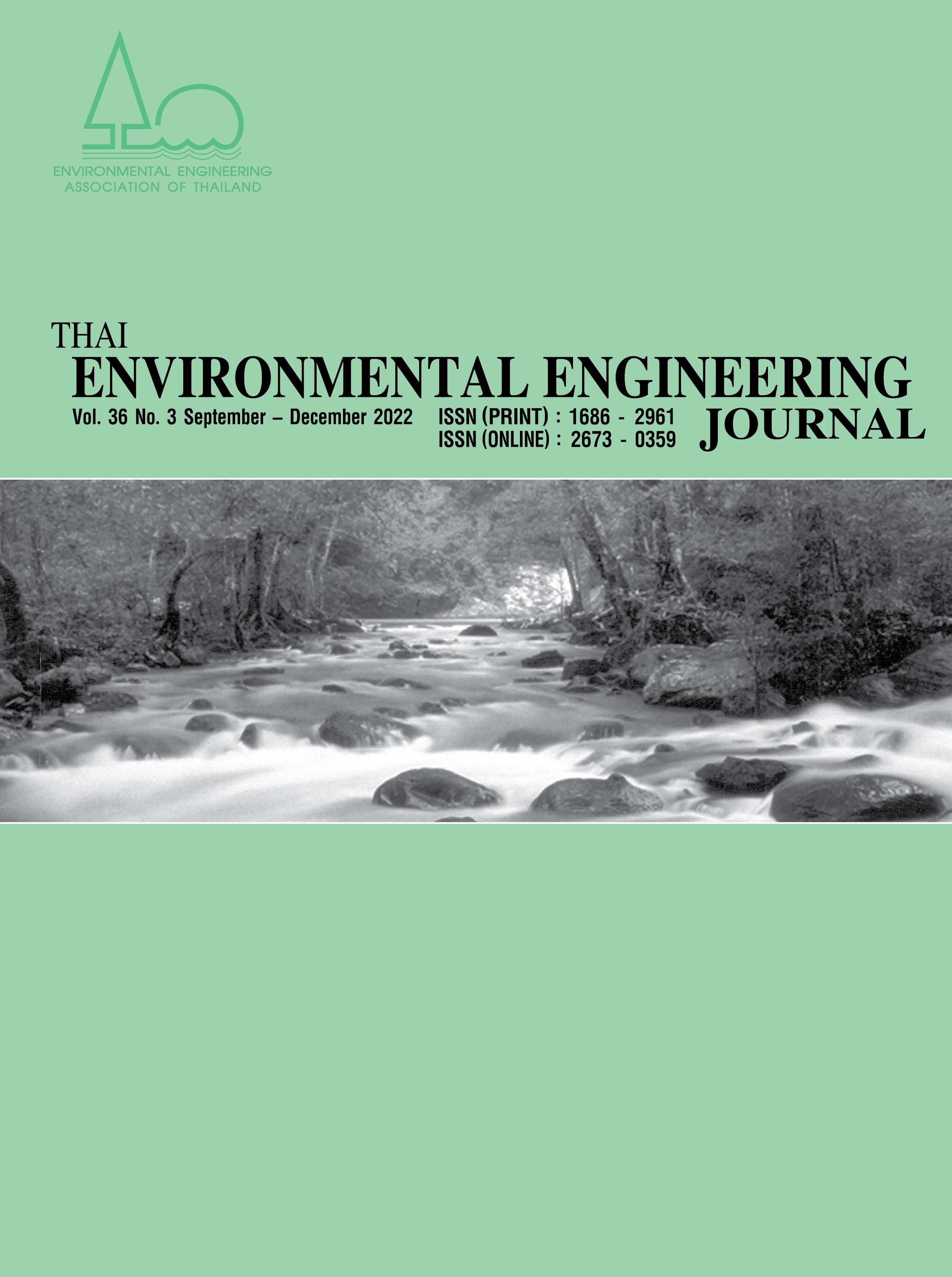Quantity and Physical Composition of the Marine Debris on Phetphoom Beach, Ban Koh Siray, Muang District, Phuket Province, Thailand
Main Article Content
Abstract
The objectives of this research were to study the quantity and physical composition of the marine debris on Phetphoom beach, Muang District, Phuket Province. This area is important for fishery of fishermen. Marine debris is an important problem causing destructions of marine resources or marine ecosystems. The period of collecting samples is 2 months from April to May 2020. The samples were collected 4 times a month from the beginning to the end of the beach.
It stretches along the beach for a distance of 760 meters. The survey method is International Coastal Cleanup. The beach waste is classified into three categories, which are general waste, recyclable waste and hazardous waste. Organic waste was not collected because it can decompose naturally. The quantitative and physical composition of marine debris were analyzed by descriptive statistics in percentage values. The results were found that there was no statistical difference between the types and amounts of beach waste on Phetphoom beach in April and May in each survey. Because it was beach waste caused by daily consumption and fishery. Regardless of the change in monsoon winds, all types of marine debris were always found in the sampling, but in varying ratios. Among all types of marine debris found, general waste was the highest amount at 62.45 percent, followed by recyclable waste at 34.63 percent and hazardous waste at 2.97 percent, respectively.
The composition of marine debris that were found the most were general wastes in large pieces such as food packaging/bags (potato chips), spoons, forks, knives, plastic bags, plastic glasses, foam floats and beverage boxes (paper). Whereas the hazardous waste was found the least such as batteries, lighters, and light bulbs. According to the study of marine debris composition, the results showed that marine debris had to be disposed in order to reduce the pollution effects towards marine lives and other creatures including with marine ecosystem affecting marine food chain and quantity of marine lives. The fishermen would have less income because they could harvest less marine lives. The recommendation should be that beach regulations and laws are strictly enforced down on the beach and in the sea. Public relations on marine debris and prevention of waste for people, fishermen, tourists and beach residents. Marine debris is everyone's business and the importance of marine debris prevention is more important than solving marine debris problems. Regulations on garbage collection and disposal systems should be set up at the beach and communities nearby the beach in collaboration with the local administrative organization.
Article Details
References
Prempree, T., Wannarungsri, T., Kornkanitnan, N., Cherdsukjai, P. 2015. Type and quantity of floating marine debris from river mouths in the Upper Gulf of Thailand. In: 6th Proceeding of Marine Science Conference, Bangkok.
Department of Marine and Coastal Resources. 2018. Types of marine debris. [online] accessible from: https://www.dmcr.go.th/detailLib/4058 (5 September 2020)
Chanthamas, Y. and Israngkura, A. 2021. Disparity worsens ocean pollution https://tdri.or.th/2021/06/world_oceanday/
Akkajit, P. and Ruamkaew, S. 2019. Microplastic waste on the west coast Phuket Province. Environmental Journal. 23(2).
Sagulsawasdipan, K., Piyang, T. and Sawain, A. 2018. On Site Solid Waste Management Guidelines for Marine Tourism: A case Study of Bo-Hin Farmstay, Sikao District, Trang Province.
UNEP/IOC United Nation Environmental Programme/Intergovernmental Oceano-graphic Commission) (2009) Guidelines on Survey and Monitoring of Marine litter. IOC Technical Series NO. 83.
Jayla M Blanke, Michael K Steinberg 2, James P Donlevy 2. 2021. A baseline analysis of marine debris on southern islands of Belize. Marine Pollution Bulletin. 172 (112916).
Lisbeth Van Cauwenberghe, Michiel Claessens, Michiel B Vandegehuchte, Jan Mees, Colin R Janssen. 2013. Assessment of marine debris on the Belgian Continental Shelf. Marine Pollution Bulletin. 73(1): 161-169.
Yong ChangJang, R.R.M.K.P. Ranatunga, Jin Yong Mok, Kyung Shin Kim, Su Yeon Hong, Young Rae Choi, A.J.M. Gunasekara. 2018. Composition and abundance of marine debris stranded on the beaches of Sri Lanka: Results from the first island-wide survey. Marine Pollution Bulletin. 128: 126-131.
Mghili, B., Analla, M., Aksissou, M. and Aissa, C. 2020. Marine debris in Moroccan Mediterranean beaches: An assessment of their abundance, composition and sources. Marine Pollution Bulletin. 160 (111692).


